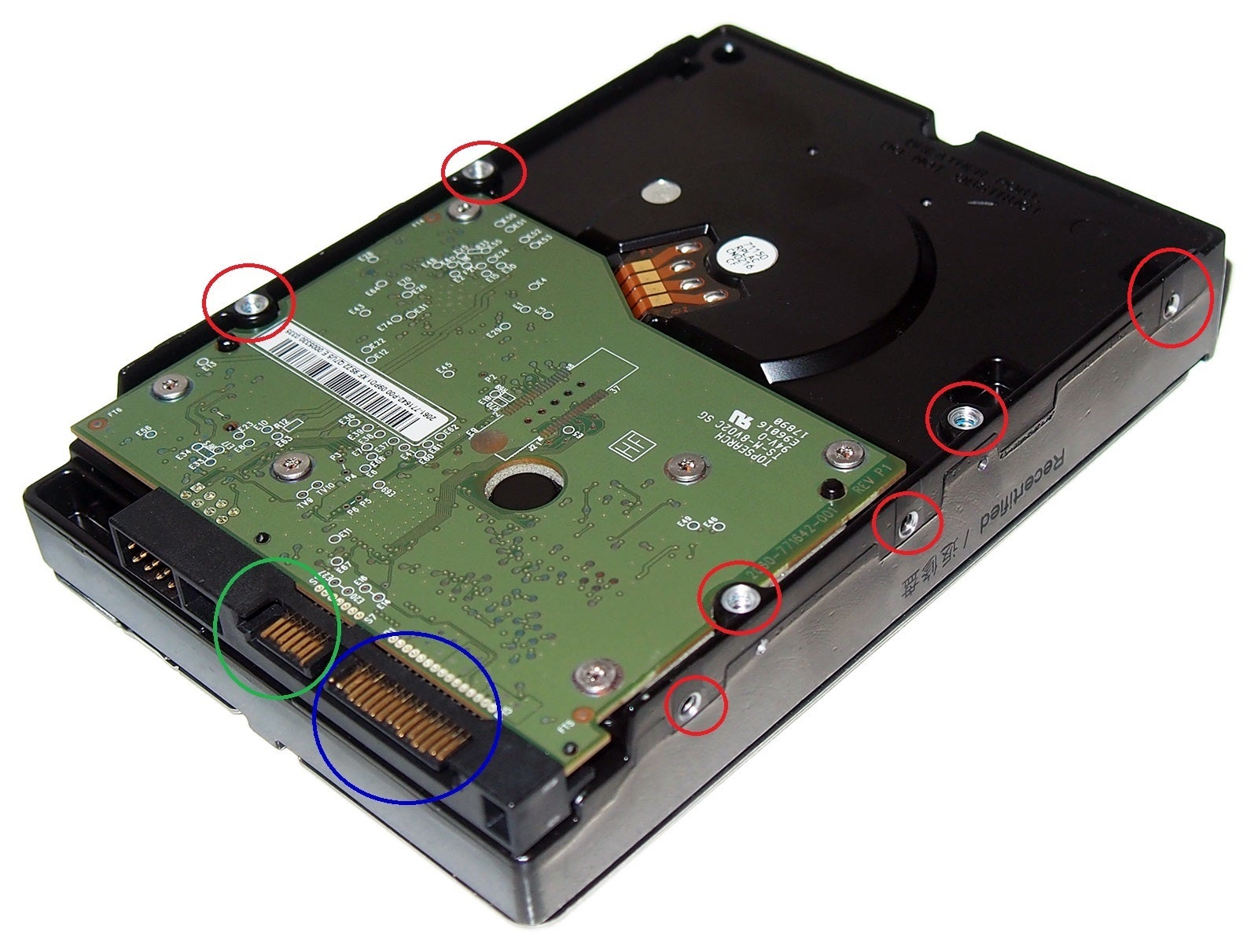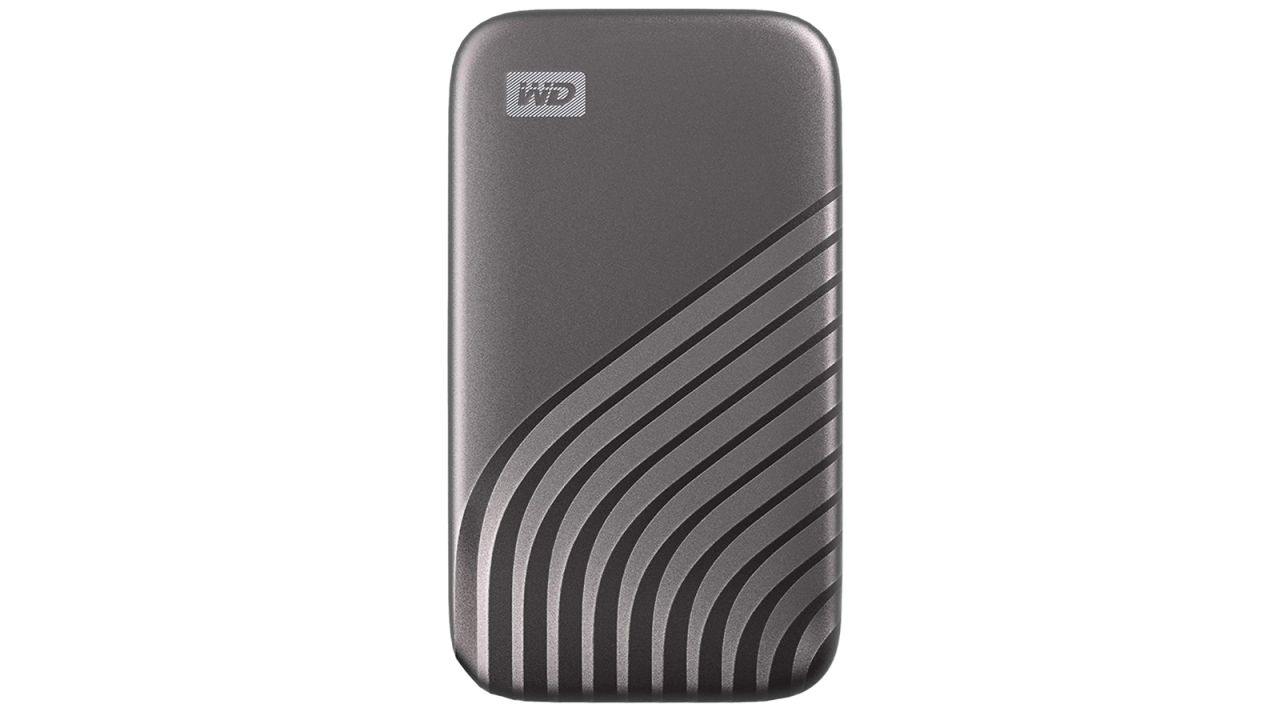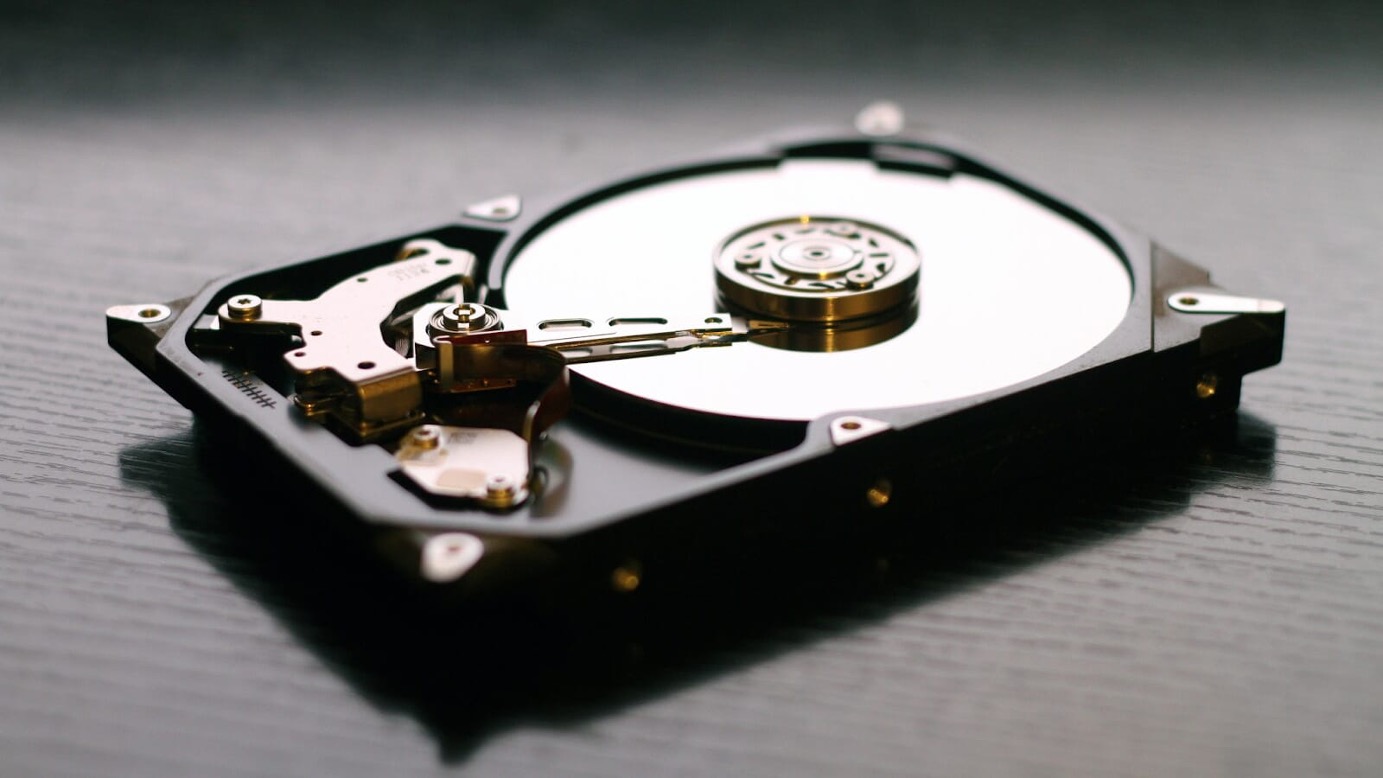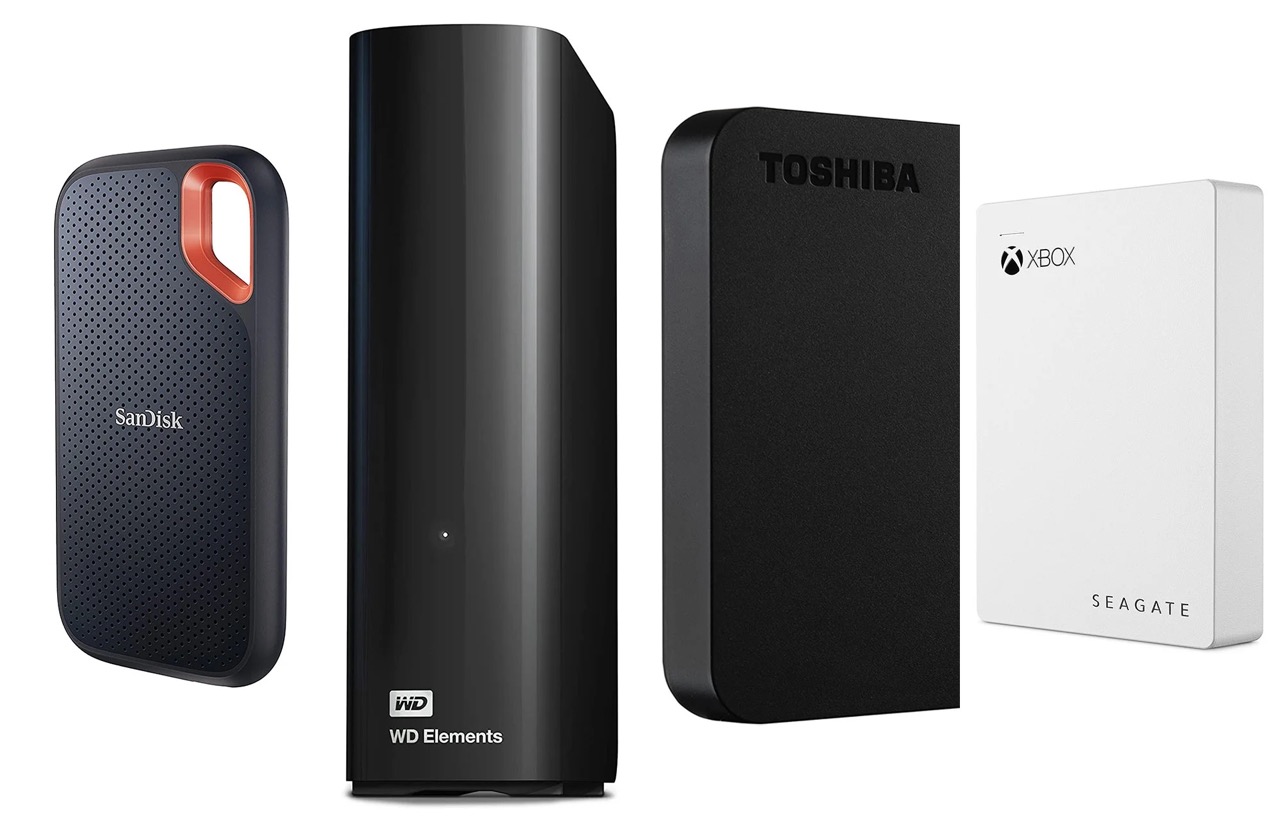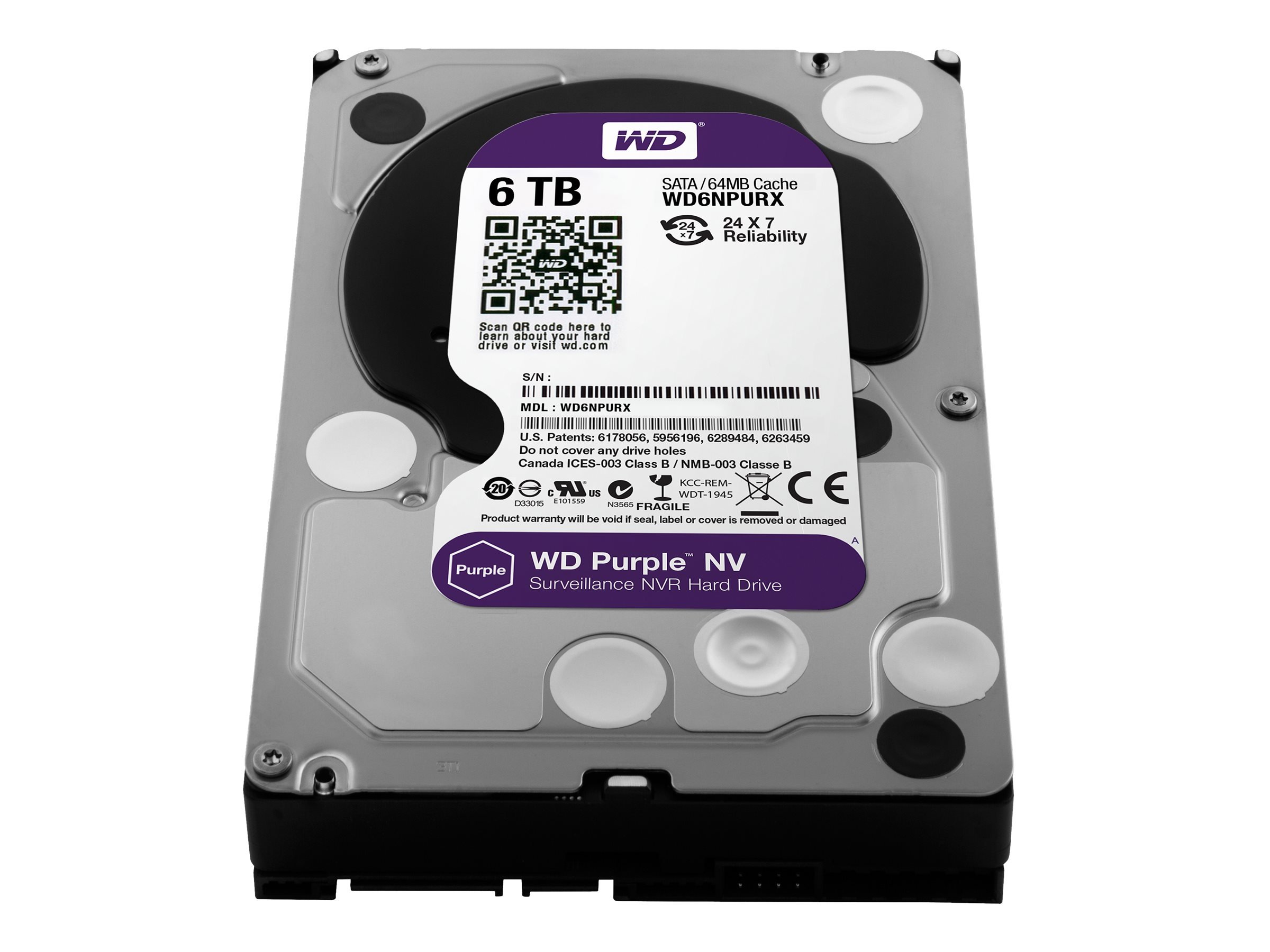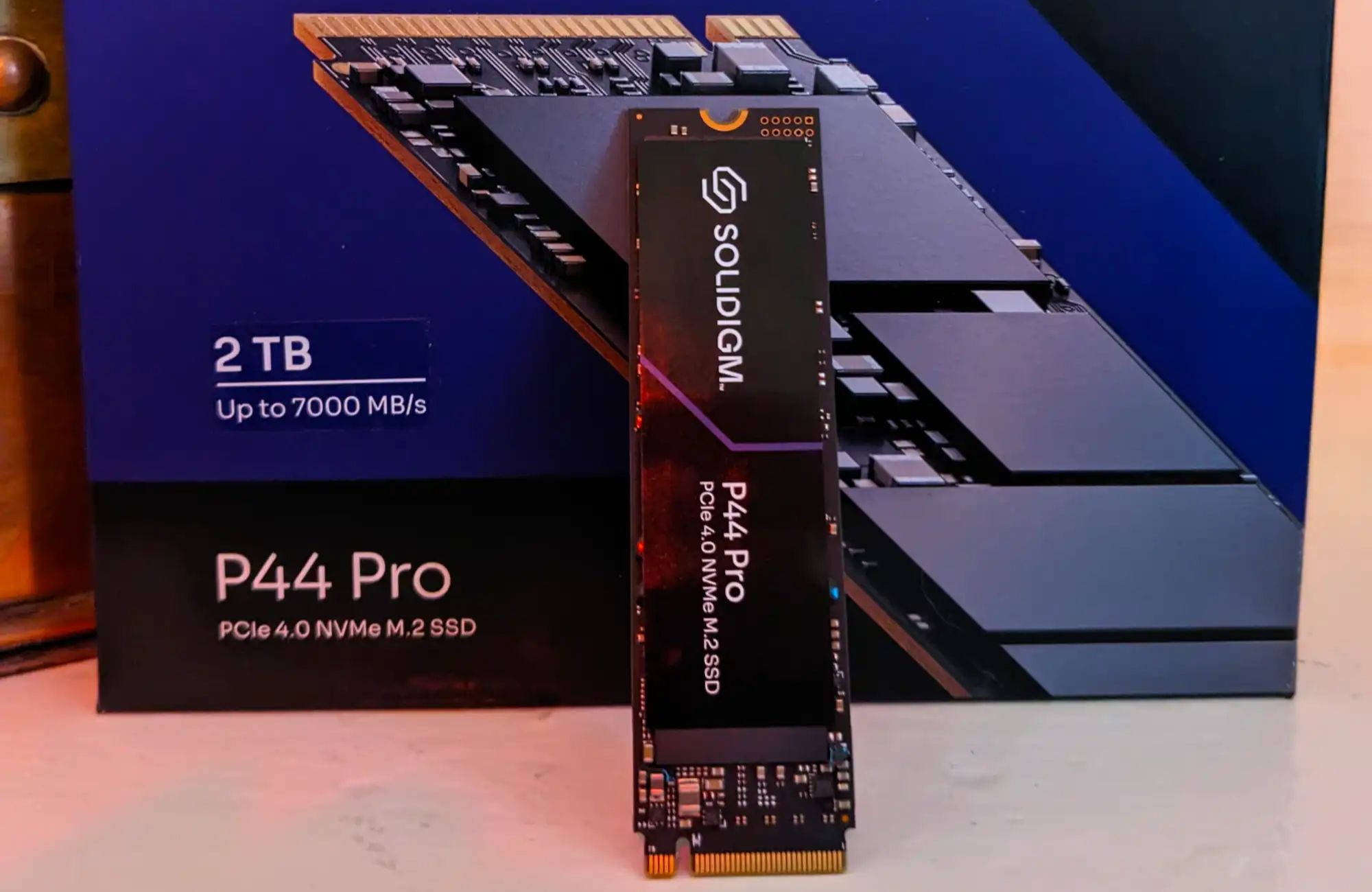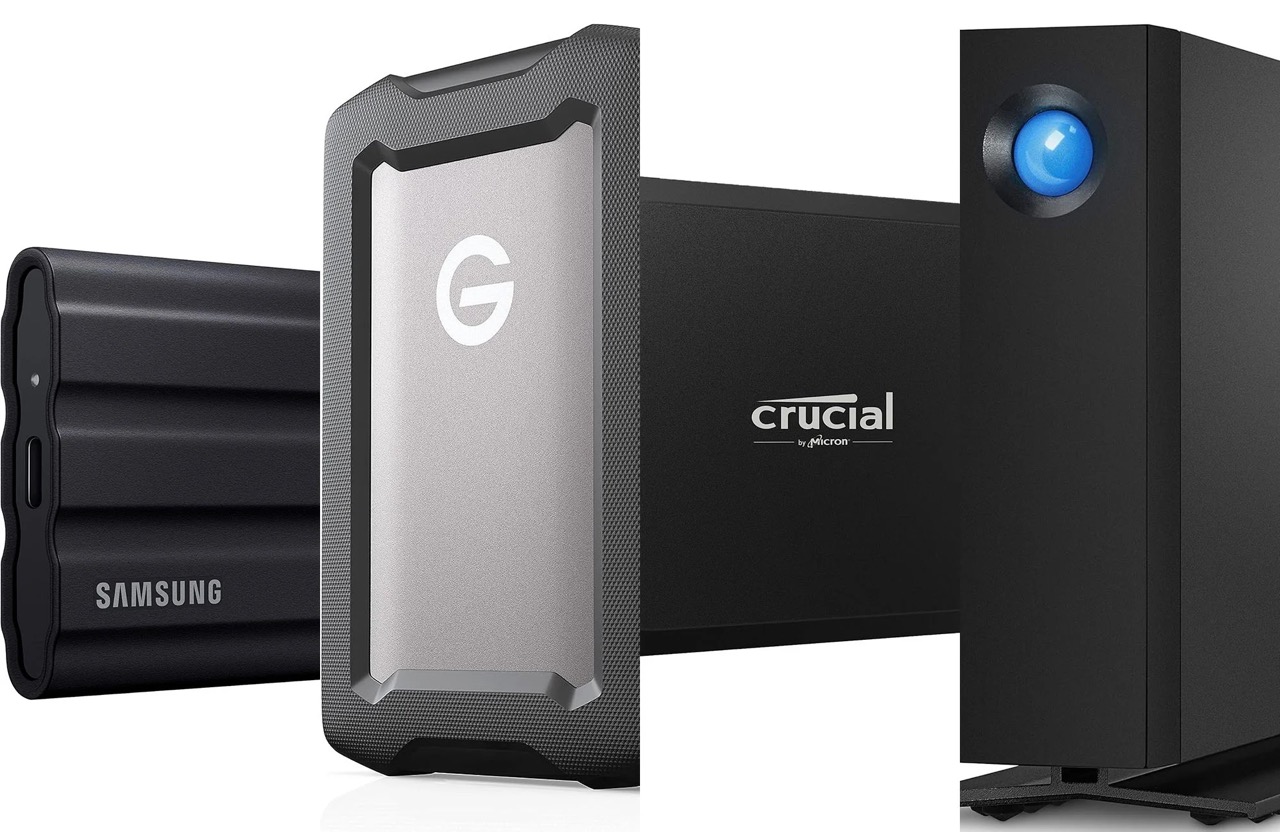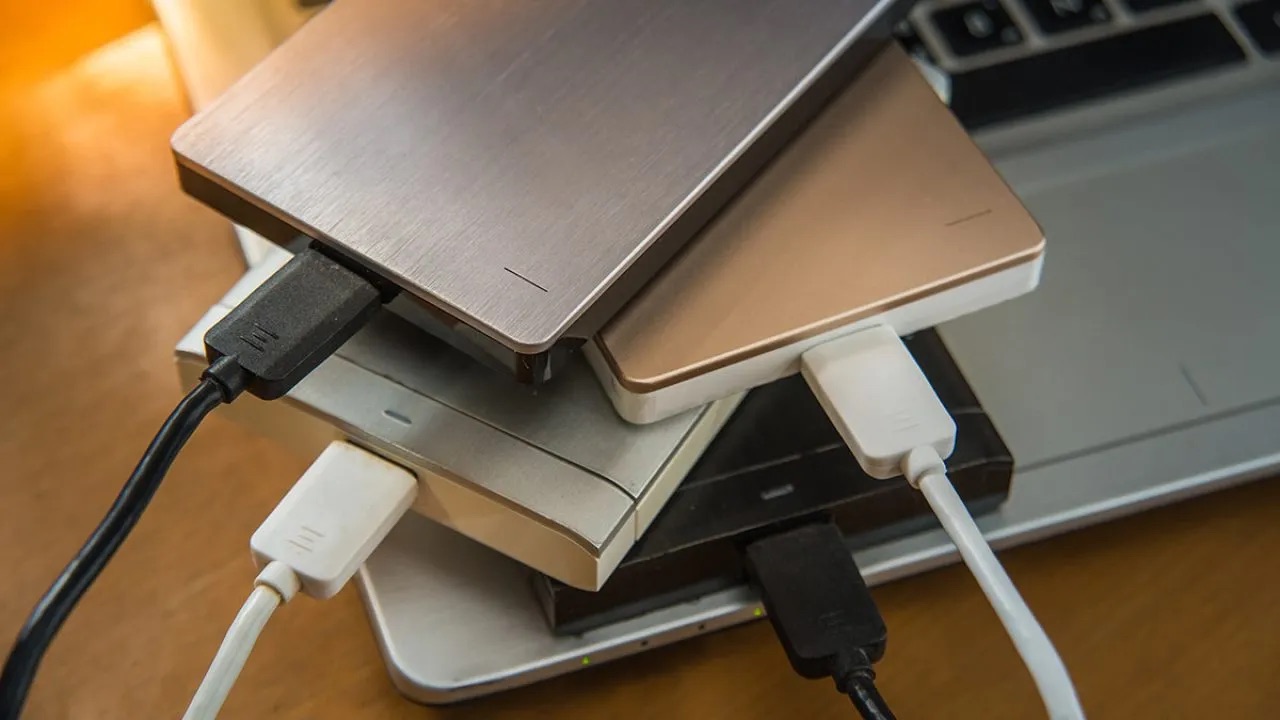Introduction
When it comes to storing digital photos, having enough storage space is crucial. With the advancement of technology, hard disk drives have significantly increased in capacity, allowing us to store large amounts of data, including photos. One popular option is the Serial ATA (SATA) hard disk drive, which offers high storage capacities and fast data transfer speeds.
In this article, we will explore the storage capacity of a 1 terabyte (TB) Serial ATA hard disk drive specifically for storing photos. Whether you are a professional photographer, a hobbyist, or someone who loves capturing memories, knowing how many photos can be stored on a 1 TB Serial ATA hard disk drive can be helpful in planning your storage needs.
We will discuss the technical aspects of Serial ATA and hard disk drives, as well as the factors that affect the number of photos a 1 TB Serial ATA hard disk drive can hold. Additionally, we will delve into the average file sizes of different photo formats, such as RAW and JPEG, to give you a better understanding of how they impact storage capacity.
Keep in mind that estimating the exact number of photos that can be stored on a 1 TB Serial ATA hard disk drive is not an exact science, as various factors come into play. However, by considering these factors and following some tips for maximizing storage capacity, you can make informed decisions when it comes to managing your photo library.
Understanding Serial ATA and Hard Disk Drives
Before diving into the specifics of how many photos a 1 TB Serial ATA hard disk drive can hold, let’s first understand what Serial ATA and hard disk drives are.
Serial ATA, often abbreviated as SATA, is a computer bus interface that is used to connect storage devices, such as hard disk drives, solid-state drives (SSDs), and optical drives, to a computer’s motherboard. SATA has replaced the older parallel ATA (PATA) interface due to its improved performance and compatibility.
A hard disk drive (HDD) is a non-volatile storage device that uses magnetic storage to store and retrieve digital information. It consists of one or more rotating disks, or platters, coated with a magnetic material, which are read and written by a mechanical arm with multiple read/write heads. These heads move across the platters to access and modify the data.
Hard disk drives are known for their large storage capacities and relatively low cost compared to other storage options. They are commonly used in desktop computers, laptops, and external storage devices, providing a reliable and cost-effective solution for storing vast amounts of data, including photos.
Serial ATA hard disk drives come in different capacities, ranging from a few hundred gigabytes (GB) to multiple terabytes (TB). A 1 TB Serial ATA hard disk drive is capable of storing massive amounts of data, including tens of thousands of photos.
It is important to note that the actual usable storage capacity may be slightly lower than the specified capacity due to the necessary formatting and file system overhead. Additionally, the capacity stated by manufacturers is typically based on decimal notation, where 1 TB equals 1 trillion bytes. However, computers use binary notation, where 1 TB equals approximately 931.32 gigabytes (GB).
Now that we have a basic understanding of Serial ATA and hard disk drives, let’s move on to calculating the storage capacity of a 1 TB Serial ATA hard disk drive specifically for storing photos.
Calculating the Storage Capacity of a 1 TB Serial ATA Hard Disk Drive
When determining the storage capacity of a 1 TB Serial ATA hard disk drive, we need to consider the size of the photos and the available space on the drive. Before we delve into the details, let’s first understand the concept of file size and how it relates to storage capacity.
File size refers to the amount of storage space that a file occupies on a storage device. In the context of digital photos, file size is primarily influenced by two factors: the file format and the resolution of the photo.
Higher resolution photos tend to have larger file sizes because they contain more pixel information, resulting in greater detail and image quality. On the other hand, the file format also plays a role. Different file formats, such as RAW and JPEG, utilize different compression methods and result in varying file sizes.
To calculate the storage capacity of a 1 TB Serial ATA hard disk drive, we need to estimate the average file size of the photos we plan to store. Let’s assume we are working with an average file size of 10 megabytes (MB) for the photos.
One terabyte (TB) is equivalent to 1,000 gigabytes (GB) or 1,000,000 megabytes (MB). Therefore, we can calculate the number of 10 MB photos that can be stored on a 1 TB Serial ATA hard disk drive by dividing the total capacity by the average file size.
(1 TB / 10 MB) = 100,000 photos
Based on this calculation, a 1 TB Serial ATA hard disk drive with an average file size of 10 MB can store approximately 100,000 photos. However, it’s important to keep in mind that this is just a rough estimate, and actual capacity may vary depending on factors such as file formats and the presence of other data on the drive.
Now that we have a basic understanding of how to calculate the storage capacity, let’s explore the factors that can affect the number of photos a 1 TB Serial ATA hard disk drive can hold in more detail.
Factors that Affect the Number of Photos a 1 TB Serial ATA Hard Disk Drive Can Hold
The number of photos that a 1 TB Serial ATA hard disk drive can hold is influenced by various factors. Understanding these factors will give you a better idea of how much storage space you can allocate to your photo library. Let’s explore these factors in more detail:
1. File Format: The file format of your photos can greatly impact the storage capacity. RAW files, which contain unprocessed data from the camera’s sensor, tend to be larger in size compared to compressed formats like JPEG. If you shoot primarily in RAW, the number of photos that can be stored on a 1 TB Serial ATA hard disk drive will be lower compared to shooting in JPEG.
2. Resolution: The resolution of your photos also affects the file size. Higher resolution images, such as those captured by professional-grade cameras, have more pixels and therefore require more storage space. If you frequently work with high-resolution images, the number of photos that can be stored on a 1 TB Serial ATA hard disk drive will be lower compared to lower resolution images.
3. Compression: If you shoot in JPEG format, the level of compression applied to the images can impact the file size. Higher compression levels result in smaller file sizes but may sacrifice some image quality. Balancing the compression level allows you to optimize storage space without significantly compromising image quality.
4. Other Data: Keep in mind that a hard disk drive is not dedicated solely to storing photos. It may also contain other data, such as operating system files, software installations, and personal files. The presence of these files will reduce the available storage space for your photo library.
5. Metadata: Metadata, such as EXIF data that includes information about camera settings and date/time, is stored within your photo files. While it does not significantly affect storage capacity, it does take up a small amount of space. However, this space is usually negligible compared to the actual image data.
By considering these factors, you can make a more accurate estimation of the number of photos that can be stored on a 1 TB Serial ATA hard disk drive. However, keep in mind that these calculations are not absolute and may vary based on the specific settings and characteristics of your photography workflow.
Average File Size of Different Photo Formats
Understanding the average file sizes of different photo formats is essential when determining the storage capacity of a 1 TB Serial ATA hard disk drive. Let’s take a closer look at the file sizes commonly associated with popular photo formats:
1. RAW: RAW is a popular format among professional photographers as it gives them the most flexibility in post-processing. However, RAW files tend to be larger in size compared to other formats since they contain unprocessed data straight from the camera’s sensor. On average, RAW files range from 20 to 40 megabytes (MB) in size. However, the actual file size can vary based on factors such as camera model, resolution, and bit depth.
2. JPEG: JPEG is a widely used compressed format that offers a good balance between file size and image quality. The file size of a JPEG image depends on the level of compression applied during the image processing stage. In general, the file size of a JPEG can range from a few hundred kilobytes (KB) to several megabytes (MB). For standard quality JPEGs, the average file size is around 2 to 5 MB.
3. TIFF: TIFF is another popular format known for its lossless compression, making it ideal for archiving or professional printing. TIFF files tend to have much larger file sizes compared to other formats due to their high image quality and lack of compression. A typical TIFF file can range from 10 to 100 MB, or even larger for images with multiple layers or high resolutions.
4. PNG: PNG is a lossless image format that supports transparency and is commonly used for web graphics and digital artwork. The file size of PNG images can vary based on factors such as the number of colors and the complexity of the image. On average, a PNG file can range from a few hundred kilobytes (KB) to several megabytes (MB).
5. JPG2000: JPG2000 is an advanced image compression format that provides superior image quality compared to traditional JPEG compression methods. While it offers better compression, the file sizes can still vary based on factors such as image resolution and compression settings. On average, JPG2000 files range from a few megabytes (MB) to tens of megabytes (MB).
These average file sizes are provided as general estimates and can vary depending on the specific settings, image content, and camera used to capture the photos. Nonetheless, having a rough understanding of the average file sizes of different formats can help in estimating the number of photos that can be stored on a 1 TB Serial ATA hard disk drive.
How Many RAW Photos Can a 1 TB Serial ATA Hard Disk Drive Hold?
The number of RAW photos that a 1 TB Serial ATA hard disk drive can hold depends on several factors, such as the average file size of RAW images and the available storage capacity of the drive. Let’s explore how these factors can impact the number of RAW photos that can be stored.
RAW files are known for their larger file sizes compared to compressed image formats. On average, a RAW file can range from 20 to 40 megabytes (MB) in size, although the actual file size can vary based on factors like camera model, resolution, and bit depth.
To estimate the number of RAW photos that can be stored on a 1 TB Serial ATA hard disk drive, we need to divide the total available capacity by the average file size. Let’s assume an average file size of 30 MB for RAW images:
(1 TB / 30 MB) = 33,333 RAW photos
Based on this calculation, a 1 TB Serial ATA hard disk drive with an average RAW file size of 30 MB can hold approximately 33,333 RAW photos. However, it’s important to note that this is a rough estimate and the actual number may be lower due to the necessary formatting and file system overhead.
Factors such as the presence of other data on the drive and the variability in RAW file sizes can also impact the actual capacity for storing RAW photos. Additionally, if you shoot at higher resolutions or have cameras with larger file sizes, the number of RAW photos that can be stored will be lower.
It’s also worth considering the post-processing workflow. RAW photos often undergo editing and adjustments, resulting in larger file sizes. So, if you extensively edit your RAW photos, you may want to take this into account when estimating the storage capacity of your hard disk drive.
Keep in mind that the number of RAW photos is an estimation and may vary depending on various factors. It’s always recommended to leave some additional space available on your hard disk drive for future photo shoots and adding new images to your library.
How Many JPEG Photos Can a 1 TB Serial ATA Hard Disk Drive Hold?
JPEG is a widely used compressed image format that offers a good balance between file size and image quality. The file size of a JPEG image can vary depending on factors such as the level of compression applied and the image content. Let’s explore how these factors can impact the number of JPEG photos that can be stored on a 1 TB Serial ATA hard disk drive.
On average, a JPEG image can range from a few hundred kilobytes (KB) to several megabytes (MB) in size. To estimate the number of JPEG photos that can be stored on a 1 TB Serial ATA hard disk drive, we need to consider the average file size of the JPEGs and divide it into the total storage capacity.
Let’s assume an average file size of 2 megabytes (MB) for JPEG photos:
(1 TB / 2 MB) = 500,000 JPEG photos
Based on this calculation, a 1 TB Serial ATA hard disk drive with an average JPEG file size of 2 MB can hold approximately 500,000 JPEG photos. However, it’s important to note that this is just an estimate, as the actual number may vary due to formatting and file system overhead.
Factors such as the level of compression applied to the JPEGs and the variability in file content can impact the actual capacity for storing JPEG photos. Photos with more complex content or less compression may result in larger file sizes, reducing the number of JPEG photos that can be stored.
It’s worth mentioning that some photographers prefer higher quality or lower compression levels to preserve image fidelity, resulting in larger file sizes. If you opt for higher quality JPEGs, the number of photos that can be stored on the hard disk drive will be lower.
Keep in mind that the number of JPEG photos mentioned is a rough estimate and may vary depending on various factors. It’s a good practice to leave some extra storage space for future photos and to accommodate any additional data that may be stored on the hard disk drive.
By being mindful of the average file size of JPEG photos and considering the level of compression utilized, you can make a more accurate estimation of how many JPEG photos a 1 TB Serial ATA hard disk drive can hold.
Factors to Consider when Estimating Photo Storage Capacity
When estimating the storage capacity of a 1 TB Serial ATA hard disk drive for photos, it’s essential to consider several factors that can affect the actual number of photos that can be stored. Let’s explore these factors:
1. File Formats: Different file formats have varying file sizes. RAW files tend to be larger compared to compressed formats like JPEG or PNG. Consider the ratio of RAW to compressed formats in your photography workflow to get a better estimate of the storage capacity required.
2. Resolution: Higher resolution photos contain more pixels and thus tend to have larger file sizes. If you frequently work with high-resolution images, you’ll need more storage space compared to lower resolution images. Consider the typical resolution of your photos when estimating storage capacity.
3. Compression Levels: For compressed formats like JPEG, the level of compression applied can significantly impact the file size. Higher levels of compression result in smaller file sizes but may also decrease image quality. Balancing compression levels allows you to optimize storage space without sacrificing too much image quality.
4. Metadata and Thumbnails: Keep in mind that photo files often include metadata, such as EXIF data, which provides information about camera settings and other details. Additionally, thumbnail images may be generated and stored within the file itself or in separate files. While these components don’t occupy significant space, they should be considered when estimating overall storage capacity.
5. Other Data: Remember that a hard disk drive typically stores more than just photos. Consider the presence of other data, such as operating system files, applications, personal files, and other media. It’s important to leave ample space for other data and to ensure that the storage capacity estimates account for all the data stored on the hard disk drive.
6. Editing and Post-production: If you frequently edit or post-process your photos, keep in mind that storing multiple versions or working with large file formats like PSD or TIFF can consume additional space. Take into account your editing workflow and the potential impact it may have on storage requirements.
7. Future Storage Needs: Consider not only your current photo collection but also the growth of your library over time. Leaving some space available on the hard disk drive allows for the addition of new photos without constantly managing storage space or having to invest in additional storage solutions.
By considering these factors, you can make a more accurate estimation of the storage capacity required for your photo collection. It’s essential to have sufficient space to accommodate current and future storage needs while also considering the trade-offs between file formats, compression levels, and image quality.
Tips for Maximizing the Storage Capacity of a 1 TB Serial ATA Hard Disk Drive
When working with a 1 TB Serial ATA hard disk drive, it’s important to maximize the available storage capacity to efficiently store your photo collection. Here are some tips to help you make the most of your storage space:
1. Use Efficient File Formats: Consider using compressed file formats like JPEG or PNG instead of RAW if image quality is not a priority. These formats take up less space compared to RAW files, allowing you to store a larger number of photos on your hard disk drive.
2. Adjust Compression Levels: If you choose to work with compressed formats, experiment with different compression levels to find the sweet spot between file size and image quality. Higher compression levels reduce file size but may result in visible artifacts, so find a balance that suits your needs.
3. Perform Regular File Maintenance: Delete unnecessary or duplicate photos to free up space on your hard disk drive. Regularly review your photo library and remove any photos that are no longer needed or do not meet your quality standards.
4. Backup and Archive: Consider offloading older photos to external storage devices or cloud storage services. Archiving infrequently accessed photos can help free up space on your hard disk drive while ensuring their long-term preservation.
5. Optimize Post-processing Workflow: Be mindful of saving multiple versions of edited photos. Employ non-destructive editing techniques to preserve storage space by using adjustment layers or virtual copies instead of creating additional files.
6. Compress or Convert Large Files: If you frequently work with large file formats like TIFF or PSD, consider compressing them into ZIP files or converting them to more space-efficient formats like JPEG once the editing process is complete.
7. Use External Storage Solutions: Consider investing in external hard drives or network-attached storage (NAS) devices to offload older or less frequently accessed photos. External storage solutions can provide additional storage capacity and help distribute your photo collection across multiple devices.
8. Regularly Empty Trash and Clear Cache: Empty the trash and clear temporary files and cache regularly. These files can accumulate over time and consume significant storage space if not cleaned up periodically.
9. Plan for Future Growth: Leave some space available on your hard disk drive to accommodate future photo shoots and the addition of new photos. This allows you to avoid constantly managing storage space or needing to upgrade to a larger storage solution.
By implementing these tips, you can maximize the storage capacity of your 1 TB Serial ATA hard disk drive and effectively manage your photo collection while ensuring efficient use of your available space.
Conclusion
Estimating the storage capacity of a 1 TB Serial ATA hard disk drive for photos requires consideration of various factors, including file formats, resolution, compression levels, and other data stored on the drive. By understanding these factors and implementing some key tips, you can make the most of your storage space and efficiently manage your photo collection.
Calculating the storage capacity involves understanding the average file sizes of different photo formats and considering the specific parameters of your photography workflow. While RAW files tend to be larger, JPEG files offer a good balance between image quality and file size. However, it’s important to remember that actual file sizes can vary based on compression levels, resolution, and the content of the images.
Factors such as file formats, resolution, compression, metadata, and other data stored on the drive impact the estimated number of photos that can be stored. Additionally, considerations like post-processing, editing, and future growth of your photo library should be accounted for when estimating storage capacity.
To maximize the available storage capacity, it’s recommended to use efficient file formats, adjust compression levels as needed, perform regular file maintenance, backup and archive infrequently accessed photos, optimize post-processing workflows, compress or convert large files, consider external storage solutions, regularly clear cache and temporary files, and plan for future growth.
By implementing these tips and being mindful of the factors affecting storage capacity, you can efficiently manage your photo collection on a 1 TB Serial ATA hard disk drive. Remember to regularly assess your storage needs and adjust your approach accordingly to maintain an organized and optimized photo library.







